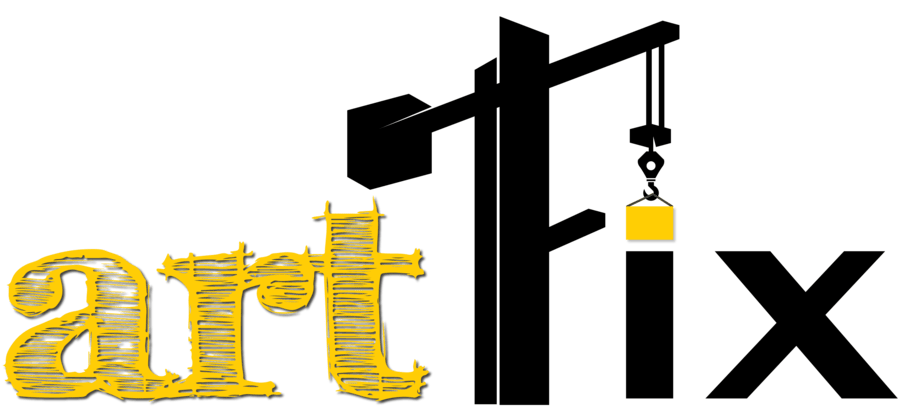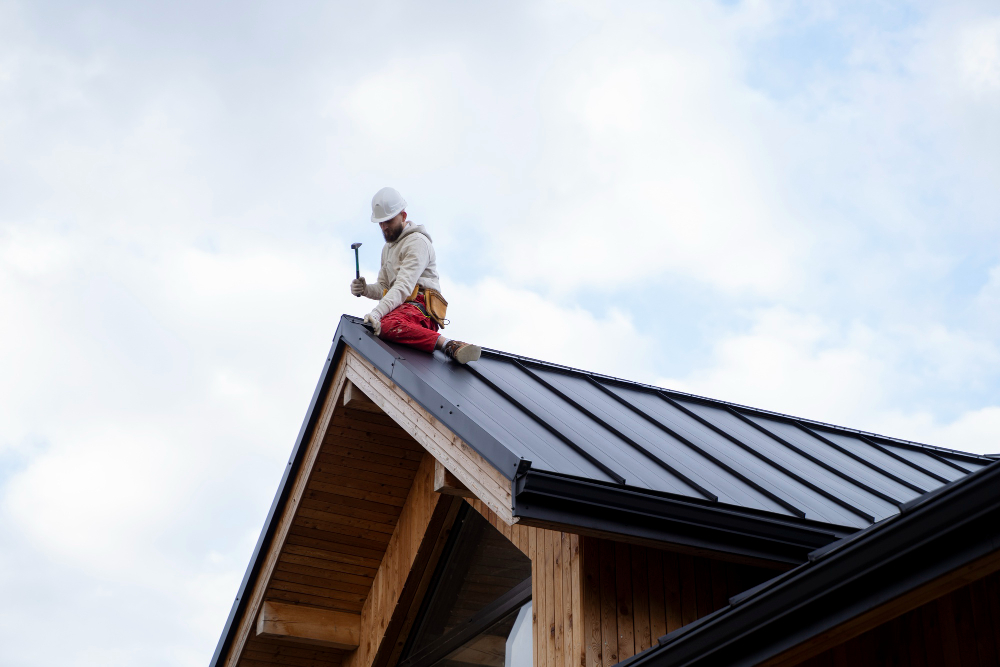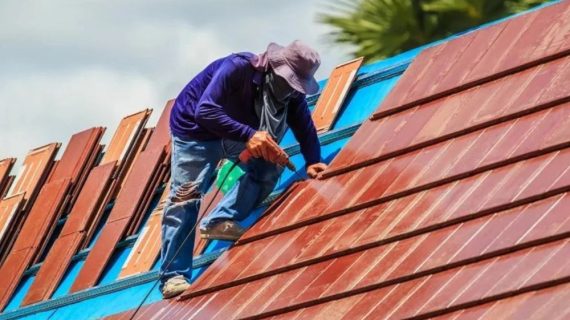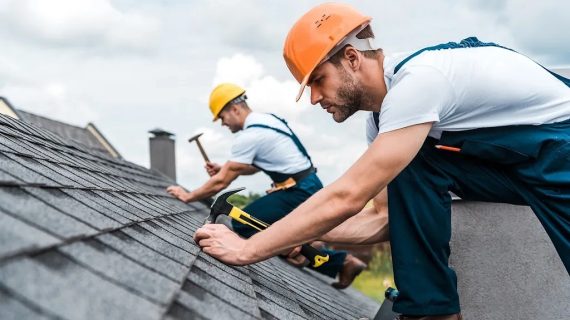What Are the Three Types of Roofing?
Roofing is a crucial element of any building, providing protection, insulation, and aesthetic appeal. Choosing the right roofing type depends on factors such as climate, budget, and architectural style. When planning roofing works, it is essential to understand the different roofing options available. Generally, roofing can be categorized into three main types: pitched roofing, flat roofing, and green roofing.
1. Pitched Roofing
Pitched roofing is one of the most common roofing types, characterized by a sloped or angled design. This type of roof is popular in residential buildings, especially in areas with heavy rainfall or snowfall.
Advantages of Pitched Roofing:
- Efficient Water Drainage: The slope prevents water accumulation, reducing the risk of leaks and structural damage.
- Durability: High-quality materials such as clay tiles, asphalt shingles, or metal sheets ensure long-lasting protection.
- Aesthetic Appeal: Pitched roofs enhance the overall look of a home, providing a traditional or contemporary feel.
Disadvantages:
- Higher Installation Costs: Due to the complexity of construction, pitched roofing can be more expensive than other types.
- More Materials Required: The sloped design often requires additional materials, increasing the overall cost.
2. Flat Roofing
Flat roofing is commonly used in commercial buildings, modern homes, and industrial facilities. It has a minimal slope, allowing easy access for maintenance and rooftop installations like solar panels.
Advantages of Flat Roofing:
- Cost-Effective: Compared to pitched roofing, flat roofs require fewer materials and are easier to install, reducing construction costs.
- Versatile Usage: The flat surface can be used for outdoor seating, gardens, or even HVAC system installations.
- Easier Maintenance: With a stable and accessible surface, maintenance and repairs are more straightforward.
Disadvantages:
- Water Drainage Issues: Since flat roofs have minimal slope, water pooling can occur, leading to leaks if not properly maintained.
- Shorter Lifespan: Compared to pitched roofs, flat roofs may require more frequent maintenance and replacements.
3. Green Roofing
Green roofing, also known as eco-friendly roofing, incorporates vegetation and sustainable materials. This type of roofing is gaining popularity due to its environmental benefits and energy efficiency.
Advantages of Green Roofing:
- Energy Efficient: Green roofs provide insulation, reducing heating and cooling costs.
- Environmentally Friendly: They improve air quality, reduce urban heat, and promote biodiversity.
- Aesthetic and Functional: Green roofs add a natural and appealing look while offering space for gardening or relaxation.
Disadvantages:
- High Initial Costs: Green roofing requires specialized installation and materials, making it more expensive initially.
- Regular Maintenance: Plants require proper care, irrigation, and monitoring to ensure healthy growth.
Conclusion
Understanding the three types of roofing—pitched roofing, flat roofing, and green roofing—helps in making an informed decision for roofing works. Whether prioritizing durability, cost-effectiveness, or sustainability, each roofing type offers unique benefits. For premium-quality roofing solutions, Artfix delivers excellence in roofing works, ensuring durability, functionality, and aesthetic appeal for all projects. Choose Artfix for top-tier roofing solutions!







